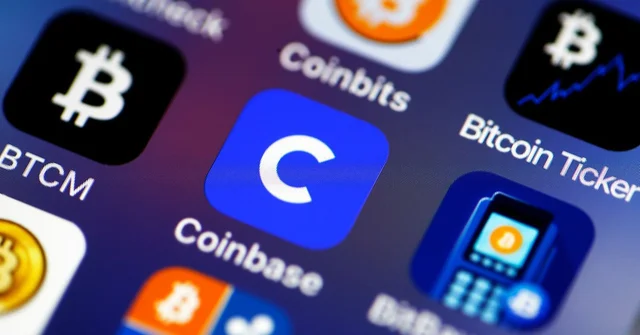There are a lot of steps to publish a book, but here is a basic overview:
1. Find an agent or publisher. 2. Write a book proposal. 3. Edit your book. 4. Find a printer. 5. Design your book cover. 6. Market your book.
Now, let’s go into more detail about each of these steps.
The first step to publishing a book is finding an agent or publisher. You can do this by attending writer’s conferences, searching online, or querying agents directly. Once you’ve found someone who is interested in your work, you’ll need to write a book proposal. This is a document that includes an overview of your book, a marketing plan, and sample chapters.
After your proposal is complete, it’s time to start editing your book. This is a crucial step in the publishing process, so make sure to take your time and do it right. Once your book is edited, you’ll need to find a printer. This can be done through online printing companies or local print shops.
After you’ve found a printer, it’s time to design your book cover. This is another important step in the publishing process, so make sure to put some thought into it. You want your cover to be eye-catching and reflective of the content inside.
Last but not least, you need to market your book. This can be done through social media, online ads, press releases, and more. Make sure to get the word out about your book so people will actually buy it!
Book Publishing Guidelines
It’s no secret that the book publishing industry is in a state of flux. With the advent of digital publishing, there are now more options than ever for authors to get their work out into the world. But with so many choices comes a certain amount of confusion about the best way to go about it. Should you self-publish or go the traditional route? What are the benefits and drawbacks of each?
To help you make the best decision for your book, we’ve put together a list of guidelines to consider when it comes to publishing.
Self-Publishing
Self-publishing has come a long way in recent years and is now a viable option for many authors. There are a number of benefits to self-publishing, including:
You retain complete control over your book. This means you get to make all the decisions about content, design, pricing, and distribution.
You can get your book out into the world much faster than if you went the traditional route. Traditional publishers can take months or even years to get a book onto shelves, but with self-publishing you can be up and running in a matter of weeks.
You keep a larger percentage of royalties. With traditional publishing, authors typically only receive around 10% of royalties on each book sold. But with self-publishing, you can keep up to 70% of royalties, depending on the platform you use.
There are also some drawbacks to self-publishing that you should be aware of, including:
You’re responsible for all aspects of the publishing process, from editing and design to marketing and distribution. This can be a lot of work and may require hiring outside help.
It can be difficult to get your book noticed in a sea of self-published titles. Unless you have a robust marketing plan, it may be hard to generate interest in your book.
You may have trouble getting your book into brick-and-mortar stores. Many retailers are hesitant to stock self-published titles due to concerns about quality control.
Traditional Publishing
Traditional publishing is still the most popular option for authors, and for good reason. There are a number of advantages to going this route, including:
You benefit from the expertise of professional editors, designers, and marketers. Traditional publishers have teams of experts who will help polish your book and get it ready for publication.
Your book will receive greater distribution and visibility. Traditional publishers have established relationships with brick-and-mortar retailers and online booksellers, so your book will be more likely to reach a wider audience.
You don’t have to worry about the financial risk or upfront cost of publication. With traditional publishing, the publisher bears the cost of printing and distributing your book. You will only receive royalties after your book has been sold.
Of course, there are also some drawbacks to traditional publishing that you should be aware of before making your decision:
Getting the Best Discussion in Creating a Book
Assuming you want tips for getting the best discussion when creating a book:
1. Do your research Before you can create a meaningful discussion, you need to know what you’re talking about. Do some research on your topic ahead of time so you can be prepared to lead a thoughtful discussion.
2. Set the ground rules Before you start, it’s important to set some ground rules for the discussion. This will help keep things on track and make sure everyone feels comfortable participating. Some things you might want to consider are: – What topics are off-limits? – How can people signal that they need a break? – What will happen if someone gets upset?
3. Create a safe space It’s important that everyone feels safe to share their thoughts and opinions in the discussion. This means creating an environment where people feel respected and heard. Some ways to do this are: – Avoid judgemental language – Encourage people to share their thoughts and feelings – Be open to different points of view
4. Keep an open mind When you’re in a discussion, it’s important to keep an open mind. You might not always agree with what others are saying, but it’s important to listen and try to understand their perspective. Who knows, you might even learn something!
5. Be prepared to compromise In any discussion, there will likely be some points where people disagree. That’s okay! The goal is to try to find a middle ground that everyone can agree on. Be prepared to compromise and meet others halfway.



